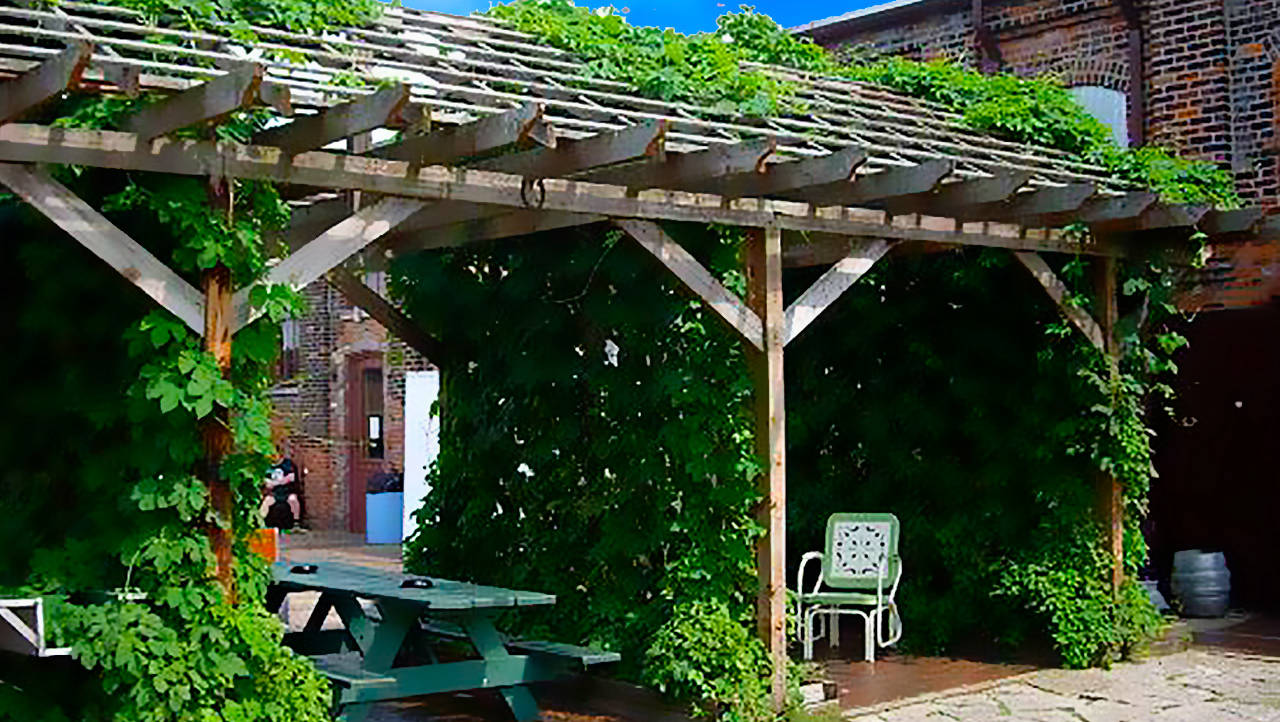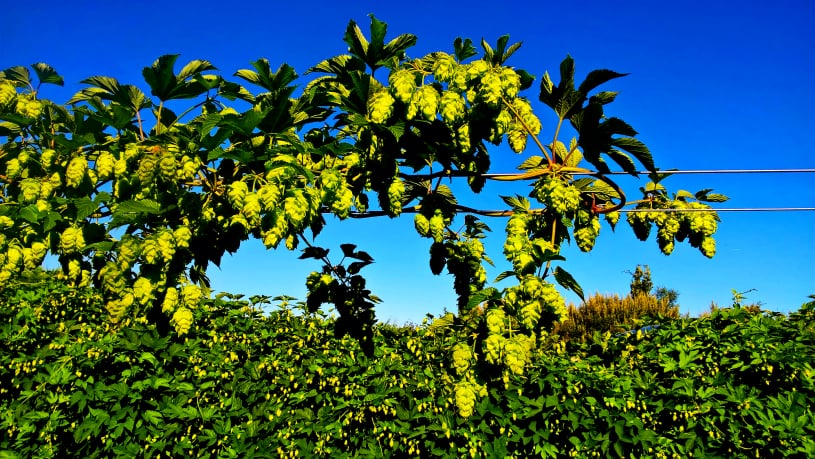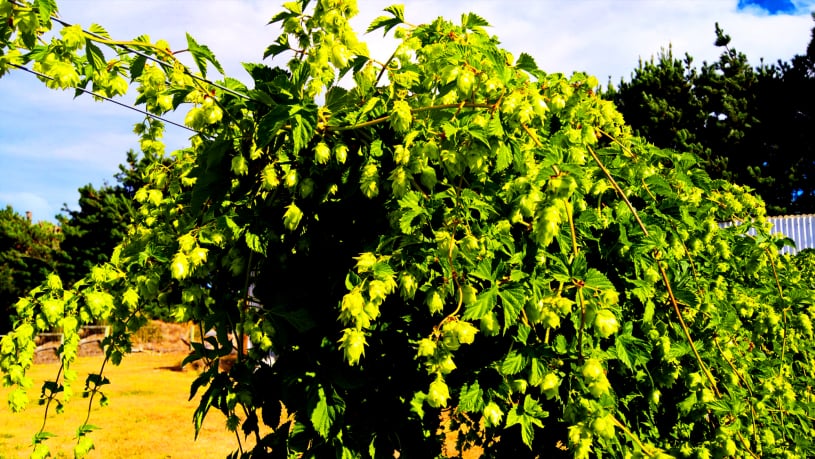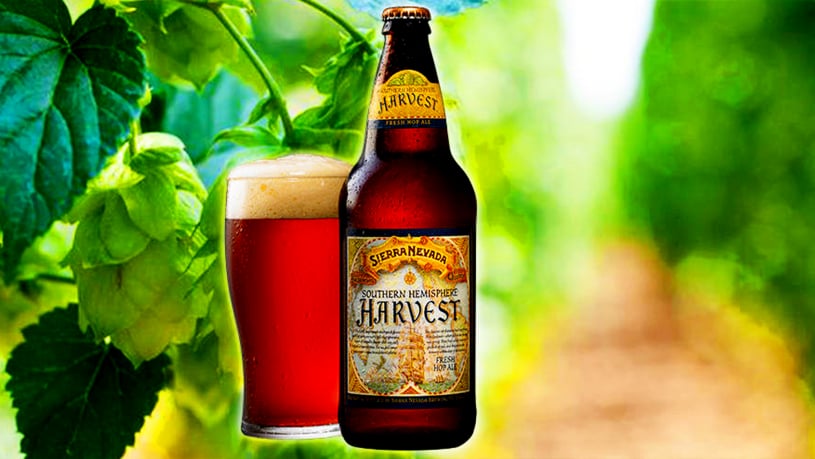FLAVOUR:
Colegate was used sparingly in the brew because of the intense bitterness of the hop flowers and is no longer commercially grown for brewing with other varieties surpassing its yield and readiness to pick. It was traditionally and most economically used to bitter dark ales like mild, porter & stout.
Bass and Allsopp preferred Goldings from East and Mid Kent. They were the best quality hops, using them in high-quality Pale Ales. Whereas Barclay Perkins preferred Colegate's for their Porter & Stout.
English hop varieties by region in the 1950’s
East Kent (Canterbury, Faversham): Goldings
Mid Kent (Medway Valley, Maidstone to Tonbridge): Fuggle's, Goldings
Weald of Kent (Tonbridge to Sussex): Fuggle's, Colegate
Sussex: Fuggle's, Colegate
Hampshire, Surrey: Fuggle's, Farnhams
Hereford and Worcester: Mathon, Cobb, Mayfield Grape, Fuggle's
HISTORY:
The Colegate variety was grown from the early 1800's until the 1950's in the clay soils of Weald of Kent (Tonbridge to Sussex) and Sussex and was thought to be the mother of Fuggle (since disproved). Colegate's have almost gone out of cultivation although the hop is thoroughly hardy and adapted for growth on damp heavy soils.
"The Colgate, raised from a wild hop by Mr D. Colegate of Chevening in 1805, is a small narrow hop, square in section, with thin pale petals and a coarse flavour. It was the last hop to ripen, not being ready to pick until October, for which reason it was expensive to grow and has been practically abandoned. Really ripe samples were, however, of quite good quality." H Lloyd Hind, Brewing Science and Practice, Vol 1, 1938
GROWTH/YIELD:
Colegate is an English hop no longer grown for brewing but highly prized for decorative & ornamental purposes being a vigorous grower and having the ability to do well on any soil type, creating a fast cover for arbours, trellis' & pergolas. It does need watering and feeding on a regular basis in hot weather to look it's best. The hops are long and narrow in form, and very late ripening. The bines are slender and the leaves deeply serrated.
BEER STYLES:
• DARK ALES
• DECORATION
• ARBOURS
• TRELLIS
• PERGOLAS
• GAZEBO






